You are living in the future. Well, that’s obvious because I’m writing this on March 20, 2019 and the only way you could be reading it is if the current date is sometime after that – it could be days or years.
Either way, I hope you’re well and everything turned out fine. But what I mean is the Hyundai Kona Electric is the beginning of the future. This is Hyundai’s first fully electric SUV and it’s one of the first drops in what will be an electric vehicle downpour in the next couple of years.
As with any new technology early adopters will be disappointed by some aspects but amazed and ultimately won over by the benefits. Same goes for the Kona Electric.
Before I went to the Australian launch of the Kona Electric I ran a poll on our YouTube channel asking viewers what they most wanted to know about the small SUV.
The majority of people (by far) wanted to know about the Kona Electric's range on a full charge. This was followed by how much one costs and what features come on a Kona Electric.
All those questions have been answered below, plus more, including what it’s like to drive.
Hyundai Kona 2019: Highlander Electric
| Engine Type | 0.0L |
|---|---|
| Fuel Type | Electric |
| Fuel Efficiency | 0.0L/100km (combined) |
| Seating | 5 |
| Price From | $34,980 - $41,580 |
| Safety Rating |
|
Does it represent good value for the price? What features does it come with?
The top-of-the-range-petrol Kona lists for $39,000, so how much would you pay for an electric version? Say, $45,000? Maybe $50,000?
Keep going higher. The Kona Electric in the entry-grade Elite lists for $59,990 and the Highlander above it is $64,490. Yes, that’s pricey – so much so that this is the most expensive Hyundai you can buy.
At the launch of the Kona Electric I asked Hyundai’s executives why their smallest SUV is so expensive and the answer was “it’s the right price”. They added that the cost of the batteries was the main contributor to the price.
Before you get all outraged and start a Facebook petition over the price, realise that we currently still live in a petrol-diesel dependent world where electric vehicles are very much a niche thing.
.jpg)
Until the costs associated with making EVs come down and the demand outweighs combustion engines they’ll be pricier. All car brands have the same issue: the Renault Zoe, the Jaguar I-Pace, the BMW i3 – all are way more expensive than a petrol equivalent would be.
If it’s any consolation, the Kona Electric is loaded with features, even on the entry-grade Elite which comes standard with a leather interior, an 8.0-inch touchscreen, sat nav, Apple CarPlay and Android Auto, Bluetooth connectivity, an Infinity stereo, digital radio, paddle shifters, climate control, a reversing camera, a 7.0-inch digital instrument cluster, proximity key and rear privacy glass.
The Elite also comes standard with the 'Smart Sense' safety package which I’ll cover in more detail in the safety section further down.
The Highlander adds LED headlights and tail-lights, a wireless charging pad, a sunroof, heated and ventilated front seats, a head-up display, and a heated steering wheel.
.jpg)
If you don’t want a sunroof, you can swap it for a two-tone roof – which looks great.
So, is it good value? No. But early adoption of new technology never comes cheap. Look at how expensive laptops were 30 years ago compared to now. We’ll be saying the same about EVs in three decades.
For a more affordable Hyundai EV check out the Ioniq Electric – it doesn’t have the range of a Kona Electric, but it costs less.
What are the key stats for the engine and transmission?
No engine here, the Kona Electric has an electric motor and a single-speed transmission. The motor makes 150kW of power and 395Nm of torque – that’s a lot of grunt for a small SUV and acceleration is impressive with 0-100km/h coming in 7.6 seconds.
The battery is a 356V lithium-ion polymer unit with a 64kWh capacity.
The Kona Electric is front-wheel drive only. If you’re looking for an all-wheel drive Kona, you’ll have to buy the petrol version.
.jpg)
How much fuel does it consume?
According to Hyundai the Kona Electric has a real-world range of 449km (that’s the WLPT - Worldwide Harmonised Light Vehicle Test Procedure - claim).
Officially, the combined electric driving efficiency is 131 Wh/km (watts x hours / km).
Charging the 356V lithium-ion polymer 64kWh battery from empty to 80 per cent takes nine hours and 35 minutes when using the 7.2kW on-board charger and a home wall unit which needs to be purchased separately.
Using a 50kW DC fast charger at a public filling station can charge the battery up from empty to 80 per cent in 75 minutes. A 100kW fast charger can do it in 54 minutes.
My own testing at the launch saw me start with a fully charged battery and travel 300km (298km to be exact, over five hours and 18 minutes) and still have 27 percent charge remaining and an expected range of 108km. I used an average of 15.0kWh/100km according to the trip computer.
For the first 200km my driving style was relaxed and over this distance I used 51 per cent of the battery charge. For the remaining 100km I wanted to see how quickly I could drain the battery in a ‘worst-case scenario’ of keeping the climate control on, the seat heaters on and accelerating harder. The result? I used only three percent more power than the other journalists at the launch.
The roads we were driving on ranged from Adelaide’s CBD to country highways with plenty of steep hills, but no motorways. I’d like to see how the batteries cope with say a Sydney to Canberra trip, though. We’ll give the Kona Electric that sort of test once we have one in the CarsGuide garage.
What's it like to drive?
Piloting a Kona Electric is a completely different experience to driving a petrol Kona. The Kona Electric’s instant 395Nm of torque makes for rapid acceleration anytime and any speed, whether you’re pulling away from the traffic lights or overtaking on a highway.
There was no turbo lag, no jerkiness that sometimes comes with a dual-clutch transmission, no engine noise and no tailpipe emissions. Driving the Kona Electric was a smooth and almost tranquil experience.
Almost, because with no engine noise or exhaust note there was no hiding the other noises – the creaking of the interior for example but also the prominent tyre roar on course bitumen.
The Kona Electric handled differently to its petrol sibling, too. Heavier and with a lower centre of mass thanks to those batteries running along the base of the car the Kona Electric felt planted and stable.
.jpg)
Hyundai’s local engineers say the Kona Electric’s heavier weight and the way that weight is distributed means the suspension had to be different from the petrol Kona, too. As with nearly all Hyundais the suspension was tuned specifically for Australia.
It didn’t take many kays for it to be clear that the suspension tune is aimed at comfort over sporty with a more bouncy than firm ride over country roads.
Along with that impressive acceleration another surprising part of the test drive was the paddle shifters ,which control how much regenerative braking is used.
Pulling the left paddle increases regenerative braking, while the right decreases it. Plus, if you keep holding the left paddle it will bring the Kona Electric to a complete stop. That meant I could effectively drive the car with just one pedal and brake using the paddle.
.jpg)
Hyundai claims a real-world range of 449km from a fully charged battery. Our test route on the launch didn’t take us that far but as outlined in the section above I was able to go 200km and still have 49 per cent battery charge left. I have no reason to doubt that under the same driving conditions you’d make it 400km or more without any worries.
Any issues then? Our car wore 215/55/R17 Nexen N'fera SU1 tyres which I felt lacked a bit of grip. The head-up display was always just below my eyesight no matter how I adjusted it. And there was that road noise filtering in - so the cabin could be better insulated in my opinion. None of those are deal breakers.
Is there anything interesting about its design?
The Kona Electric takes the quirky looks of the regular petrol Kona to another level with aerodynamic wheels, a wavy back bumper and a textured plastic panel where you’d expect to find a grille.
That’s because EVs don’t need giant grilles like their combustion engine cousins, but they do still need a bit of air flow which is ducted via that vented area in the front bumper.
And the design is more than cosmetic. With its 0.29 co-efficient of drag the Kona Electric is more aerodynamic than the regular petrol-powered car's 0.34 Cd.
The Kona Electric is 15mm longer than the Kona petrol at 4180mm end-to-end, but the same width at 1800mm across and height at 1550mm tall.
The EV version’s weight ranges from 1685kg-1743kg, while the petrol Kona is 1290kg-1507kg depending on the drivetrain and grade.
Inside the Kona Electric differs from its sibling, too with a ‘floating’ metallic centre console that’s high and really separates the driver and front passenger like a wall.
A regular shifter in this cockpit? No way. Instead, you have shifting buttons from Drive, Reverse and Park in a hopscotch style format on the console.
Only the Highlander grade was available to drive but its interior is almost identical to the Elite’s with quality feeling materials and a stylish but almost plain design to the cabin.
How practical is the space inside?
The Kona Electric is roomy up front with great storage in the form of two cupholders, big door pockets, a decent-sized bin under the armrest and a giant tray under the ‘floating’ centre console.
It’s a different story in the back. I’m 191cm tall and I can’t sit behind my driving position – and even older kids will find it a bit cramped back there. You will find two cupholders in the fold down centre and small bottle holders.
While only the Highlander has wireless charging as standard, all Kona Electrics come with two USB ports and one 12-volt power outlet.
The Kona Electric’s 332 litre cargo capacity is 39 litres less than the boot space of a petrol Kona – you can thank the batteries for that loss.
If you’re planning to make the Kona Electric a family car, then check to see if you all fit in comfortably and if you have little kids then take the pram to the dealership and see if it will go into the boot. You may have to step up to a bigger SUV such as a Tucson.
Warranty & Safety Rating
What safety equipment is fitted? What safety rating?
The Elite and Highlander grades both come standard with Hyundai’s 'Smart Sense' safety pack which includes AEB with pedestrian detection, blind spot warning, lane keeping assistance, rear cross traffic alert and adaptive cruise control.
The Kona Electric had not been given an ANCAP safety rating at the time we published this review, but the regular Kona did score the maximum five stars in 2017.
For child seats you’ll find two ISIOFIX points and three top tether mounts across the rear row.
What does it cost to own? What warranty is offered?
The Kona Electric is covered by Hyundai’s five-year/unlimited kilometre warranty and has a life-time capped price service plan.
Service intervals are every 12 months/15,000km and cost $165 each time.
Verdict
Apple’s first lap top the Macintosh Portable came out in 1989 and cost $6500, or $11,300 in today’s money. I feel we’ll look back at the price of electric vehicles with the same sort of amazement in 30 years. The Kona Electric is pricey compared to its petrol equivalent and I’ve marked it down for that. Yet the driving experience is great and if you charge up the batteries with renewable energy your emissions really are zero. The ownership costs are low and the warranty is good.
The Kona Electric might not be the perfect family car, but it will suit many people perfectly.
The Elite is the sweet spot in the Kona Electric line-up - it comes with the same range as the Highlander and only misses out on a few luxurious touches such as heated seats.
Could the Kona Electric turn you into an automotive early adopter? Tell us what you think in the comments section below.
Note: CarsGuide attended this event as a guest of the manufacturer, with travel and meals provided.
Pricing Guides

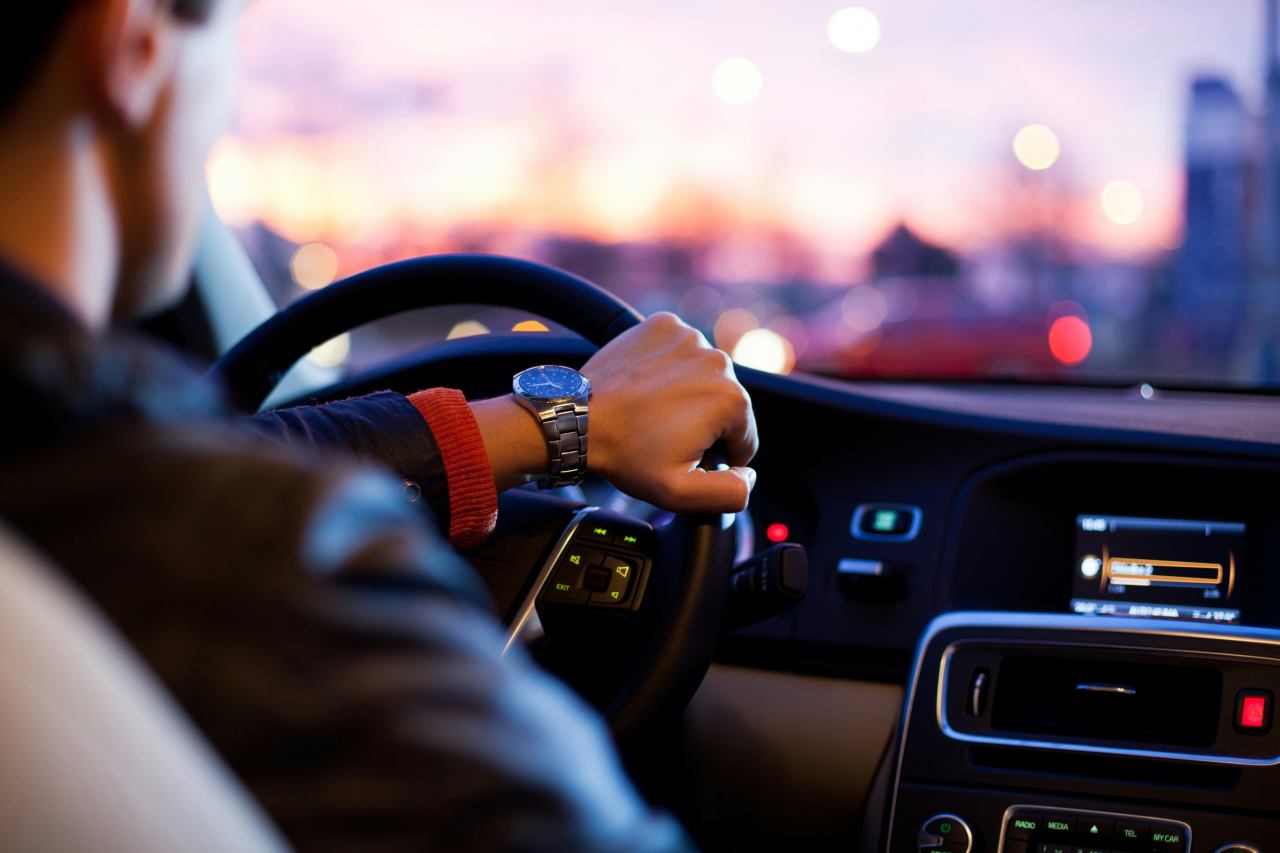

.jpg)
.jpg)
.jpg)
.jpg)
.jpg)
.jpg)
.jpg)
.jpg)
.jpg)
.jpg)
.jpg)
.jpg)
.jpg)
.jpg)
.jpg)
.jpg)
.jpg)
.jpg)
.jpg)























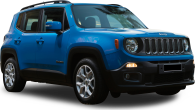














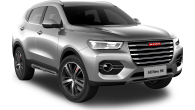

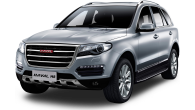



 copy.png)

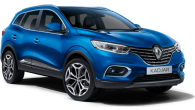
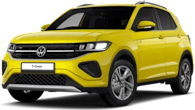










.jpg)



.jpg)

